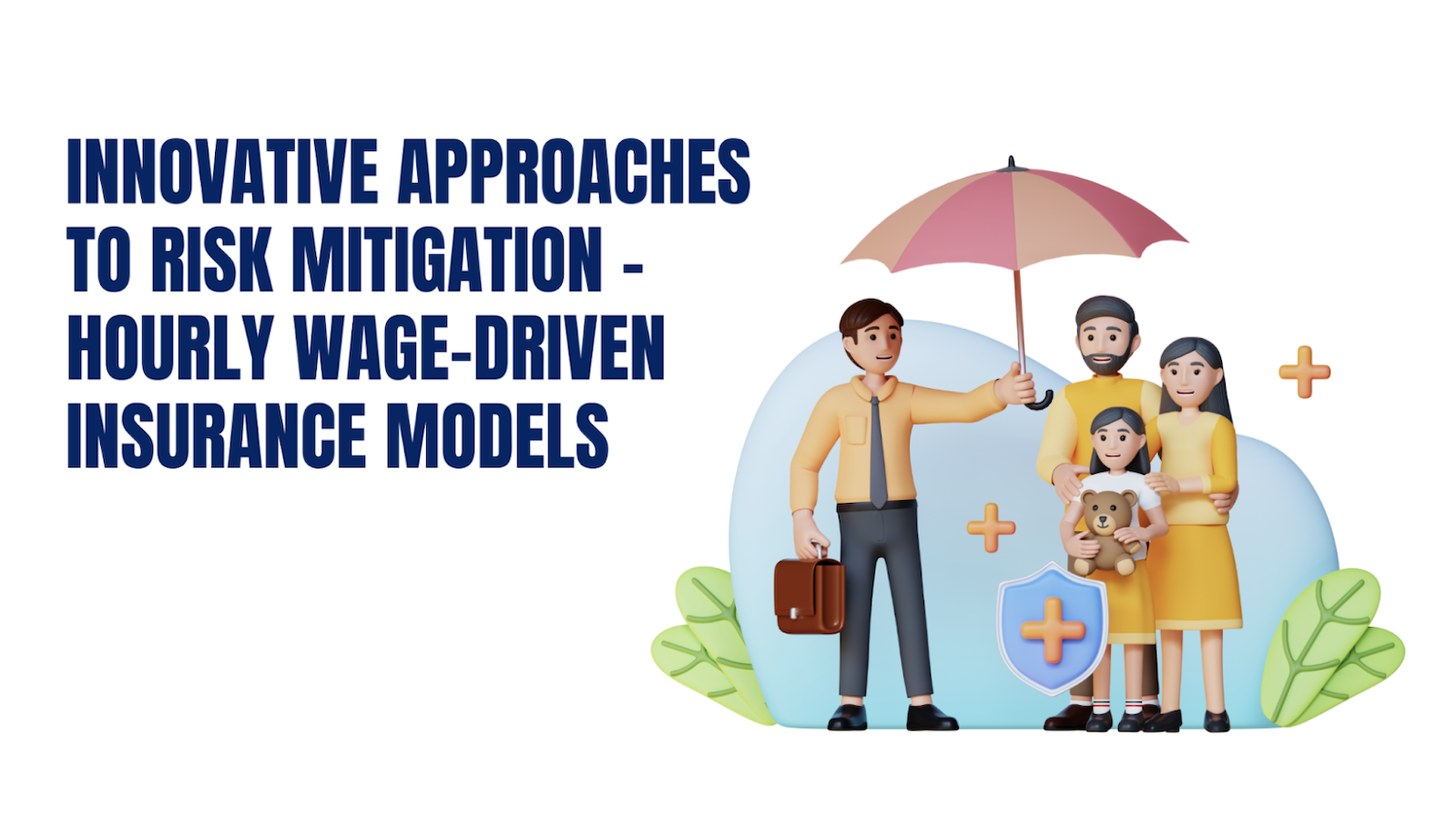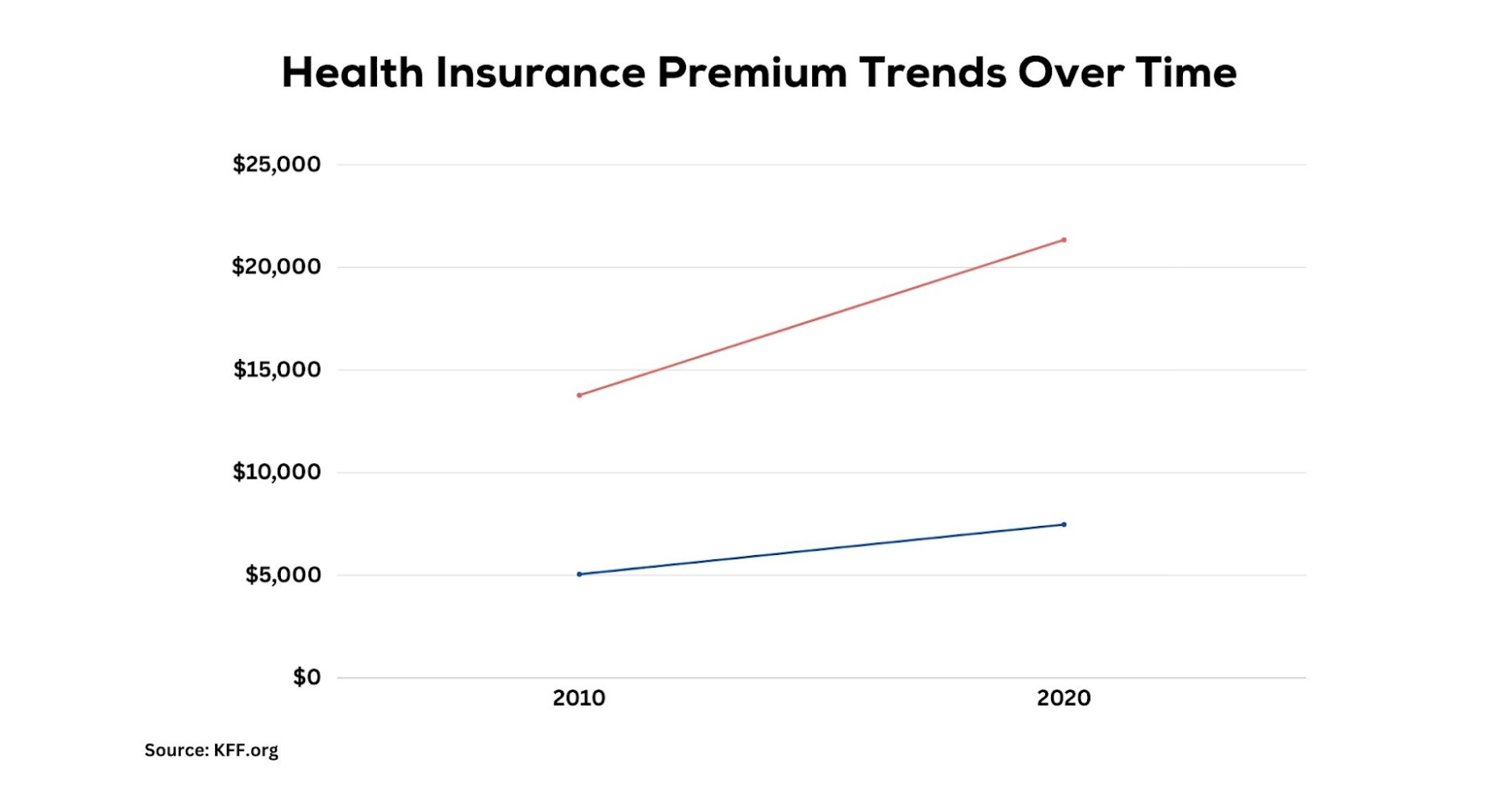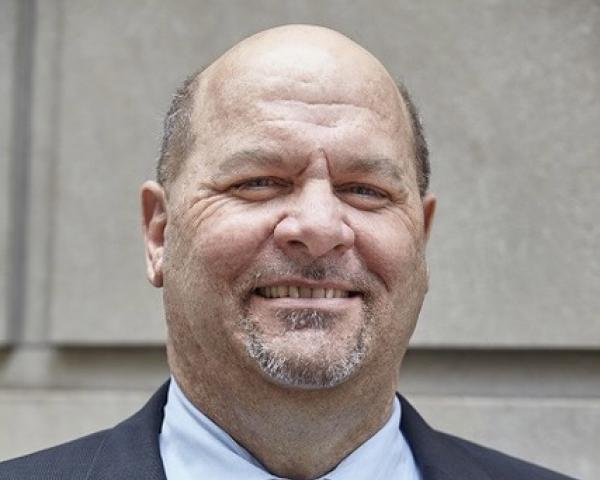KEY TAKEAWAY:
--A new report by Capgemini finds cloud migration has surged from 37% in August 2020 to 91% in August 2023. 85% of P&C companies are using the technology today, compared with just 29% of companies in 2020. Few, however, are leveraging cloud computing at a scale to reap its full benefits. More than half of the companies surveyed have moved just a fraction of their core applications to the cloud.
----------
In the post-pandemic era, businesses face heightened pressure to continually innovate and meet customers' escalated expectations for a more connected and digitally advanced world.
Across insurance, the expectation is no different. Today’s customers prefer to shop around. They want to evaluate and buy insurance digitally, seeking flexible policies that meet their various needs.
However, many traditional insurance operations struggle with offering a fully digital experience. They require labor-intensive workflows for tasks such as new submissions, renewals, underwriting and claims.
See also: The Cloud: Connecting the Insurance Ecosystem
Digital core is pivotal for insurance carriers
The key to overcoming business challenges and unlocking growth lies in delivering superior customer experiences and achieving operational excellence. In 2022, the average Net Promoter Score (NPS) of the banking and insurance sectors ranged from 26 to 31. However, new-age players had a much higher (~2.5X) NPS score than established financial services companies. For example, Lemonade earned an average NPS score of 80, leading to significant customer growth. Why? Superior customer experience enabled by composable platforms that leverage cloud technology allows new-age players to respond quickly to customer demands and changing behaviors.
While new-age players and digital subsidiaries offer superior customer experience (CX), incumbent banks and insurers seek to leverage their business scale advantage to boost customer experience and raise NPS scores. However, the inability of banks and insurers to deliver personalization and seamless multi-channel engagement, self-service access, consistent customer support and quick response time impedes the capabilities to provide customer satisfaction on the level of new-age players. In addition, this inability limits their readiness for the open finance era, where they have to be a part of a complex and intertwined ecosystem.
A cloud-enabled CX strategy can help resolve these issues. Cloud technology is known to drive strong customer satisfaction, innovation, productivity and scalability. It's not solely about migrating to the cloud but also the enhanced customer experience and operational excellence it facilitates. In the financial services sector, a new report by Capgemini finds cloud migration has surged from 37% in August 2020 to an impressive 91% in August 2023. Looking across the P&C insurance sector, we see 85% of companies are using the technology today, compared with just 29% of companies in 2020.
In fact, a strong majority (91%) of carriers have started moving their core business applications to the cloud, though few are leveraging cloud computing at a scale to reap its full benefits. More than half of the companies surveyed have moved just a fraction of these core applications to the cloud.
See also: Why Cloud Platforms Are Critical
Charting the path to success
The adoption of cloud technologies stands as a critical milestone for industry players seeking to stay ahead in the digital era. A company's cloud maturity model serves not just as a measure of readiness for cloud services but as a strategic guide for navigating the complexities of digital transformation.
Cloud-enabled digital core ecosystems offer tremendous potential for insurance firms to optimize their combined ratios. These ecosystems can improve customer retention, satisfaction, premium growth, prospect conversion, among other benefits.
Legacy insurers typically are in one of the following stages in their cloud transformation journey:
At the initial stages lies the "aspiring" phase. Here, the exploration of cloud technologies is complemented by maintaining fundamental digital access to customer policies, claims and billing. However, challenges persist as operations remain siloed, hindering the creation of a holistic customer view. New facets such as rates, forms and coverage are treated as IT projects, and partnerships are constrained.
Insurers at this stage must craft a robust cloud strategy. Initiating the migration of core infrastructure and applications to the cloud, coupled with a carefully designed integration road map, becomes imperative. Aligning with industry best practices and anticipating future customer engagement and distribution opportunities are critical.
Advancing into the "mature" stage marks a strategic integration of cloud capabilities into the fabric of insurance operations. Mature insurance organizations find themselves digitally connected to customers through user interfaces, simultaneously serving as providers of embedded insurance products via third-party channels and ecosystems. Integrated data empowers them to glean business insights with unprecedented ease.
This stage signifies a shift from merely exploring cloud capabilities to strategically leveraging them for enhanced operational efficiency and customer engagement. The mature phase establishes a robust foundation for innovation and adaptability.
As an example, AXA Mansard Insurance, a part of the AXA Group, has used a cloud-based mobile platform called MyAXA Plus since May 2021. Customers can manage their insurance policies and file claims through one interface. This provides customers with a more personalized, seamless and satisfying experience.
In the "innovative" stage, insurers ascend to the pinnacle of digital prowess by embedding the digital ecosystem into every facet of their operations. The cloud becomes the catalyst for innovation and transformation, propelling the insurance company into a realm where the digital ecosystem shapes sales, products and customer service.
Insight-driven enhancements, agile market plays, rapid rule and rate changes and swift product launches become the norm.
As the insurance industry undertakes this transformative journey through cloud maturity, each stage represents not only technological evolution but a strategic shift toward staying relevant, competitive and resilient in the face of unprecedented change.
As one executive recently told me, “Without cloud, there is no future for financial services firms.” Every organization needs the right cloud-enabled ecosystem to gain a competitive edge. When it comes to cloud, it’s not just the journey – it’s what the journey makes possible.























